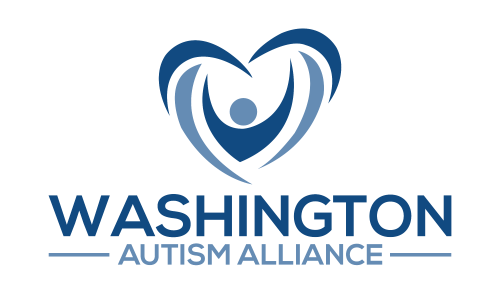You may be concerned for the safety of your loved one with Autism. The following links from national organizations are suggestions for how to prevent and handle an elopement situation towards the safety of your loved ones and your peace of mind.
Safety Steps you can take from home:
- Take the steps from the Caregiver Checklist from National Autism Association that detail how to prepare and prevent an elopement event.
- Having a Family Emergency Plan is the best way to find the individual with Autism quickly. Looking at your safety plan when the individual is missing may help you remember the steps at a time when you may be emotional
- Purchase Autism Safety Products like door/window alarms, tracking devices, bracelets and more; Grants to cover supplies/devices s can help offset the cost.
- Teach the individual about staying in safe areas with Social stories;
- Teach the individual about traffic rules and public transportation;
- Teach the individual what to do if they get lost;
- Find a YMCA or equivalent offering special swim lessons in your area. Many individuals with Autism are attracted to water.
- Environmental modifications from Pathfinders for Autism to make your home safer
Help the Community identify your individual if lost;
- Have an up to date good quality photo so they can be easily recognized by strangers;
- Printable Autism ID Card can be placed on the individual so that others can help identify them
- A Velcro tag for shoes that has the name and address of the individual from National Autism Association;
- A temporary Tattoo can tell the individuals name, address and diagnosis;
- Personalize an Autism Medical Alert Bracelet or ID labels on clothing from QR.
Help the first Responders in your area know about Autism and your individual
- Take this form to police, fire fighters and local hospitals in your area http://www.awaare.org/docs/AUTISM%20ELOPEMENT%20ALERT%20FORM.pdf
- Give local first responders a copy of The Big Red Safety Toolkit from National Autism Association so they can learn more about elopement behavior;
- Ask your local police if you can voluntarily put your individual’s information into their database. That way they can be easily identified using only their name.
- Ask police and fire fighters if you can hang a flyer at the station to inform the squad about your individual. That way if they see them alone in the community they may recognize them.
Elopement concerns at school
- Take a copy of the AWAARE First Responders Form to the police station closet to the school if it is not the station nearest your home;
- Ask for a copy of the schools missing child policy if there is not one in place you can share this example;
- Ensure safety at school by writing a safety plan into the IEP. The more school staff know about your child/ teen’s elopement behavior and how to help them the better. The recommendation of you and your child/teen’s medical team on best way to prevent and respond to elopement behavior can be written into an IEP; Here’s an example from AWAARE. Ask that every staff member who works with your child be given a copy of the IEP/ Safety Plan.
- Help the school understand Autism, wandering and safety with Autism Speaks School CommunityToolkit;
- Ask if the local police and firefighters can visit the school. Police and firefighters can come meet the children and review the schools missing child procedure.
This is a link to our WAAA family resource directory page for Grants so that families may apply for assistance in paying for equipment/devices to help in situations where elopement/wandering is an issue.
http://www.washingtonautismadvocacy.org/updates/resource-directory/wpbdm-category/grants/
If you have any questions and/or concerns about acquiring equipment/devices and/or how to apply for these grants please feel free to contact one of our family resource coordinators for assistance.
The National Autism Association and American Legion Child Welfare Foundation are also offering the Big Red Safety Box.
Big Red Safety Box includes the following resources:
1) Our Get REDy booklet containing the following educational materials and tools:
- A caregiver checklist
- A Family Wandering Emergency Plan
- A first-responder profile form
- A wandering-prevention brochure
- A sample IEP Letter
2) Two (2) Door/Window Alarms with batteries
3) One (1) RoadID Personalized, Engraved Shoe ID Tag*
4) Five (5) Laminated Adhesive Stop Sign Visual Prompts for doors and windows
5) Two (2) Safety Alert Window Clings for car or home windows
6) One (1) Red Safety Alert Wristband
For more information and to apply for the Big Red Safety Box please visit Nationalautismassociation.org/big-red-safety-box .


